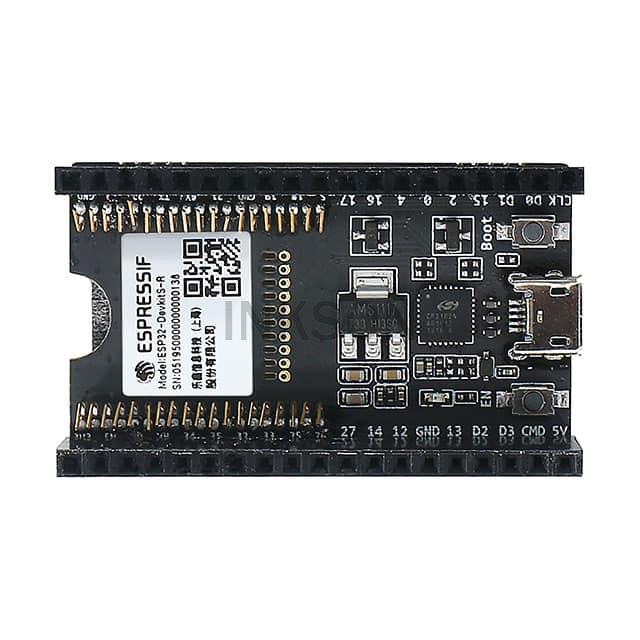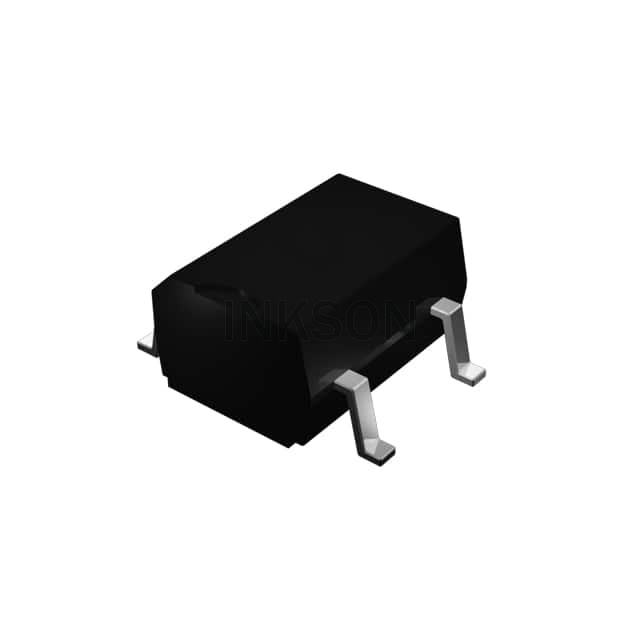ESP32 Microcontroller Overview:
Overview:
The ESP32 is a versatile microcontroller developed by Espressif Systems known for its dual-core processor, Wi-Fi and Bluetooth connectivity, and rich set of peripherals for IoT and embedded applications.

Parameters:
- Core: Dual-core Tensilica LX6 processors clocked at up to 240 MHz.
- Wireless Connectivity: Integrated Wi-Fi (2.4 GHz) and Bluetooth/BLE.
- Memory: Configurable Flash, SRAM and PSRAM options for program and data storage.
- Peripherals: Rich selection including GPIO, SPI, I2C, UART, ADC, DAC, etc.
- Operating Voltage: Typically runs at 3.3V.
- Operating Temperature Range: Varies but generally around -40°C to 125°C.
Main Uses:
- Internet of Things (IoT) Devices: Wi-Fi and Bluetooth capabilities for connectivity.
- Wireless Sensor Networks: Data acquisition and transmission in various sensor applications.
- Embedded Systems: Control and monitoring applications in diverse industries.
- Wearable Technology: Powering smart wearables and health devices.
Features:
- Dual-Core Processing: Enhanced multitasking capabilities.
- Low Power Consumption: Suitable for battery-powered applications.
- Secure Connectivity: Support for encryption and secure connections.
- Rich Peripheral Set: Enables interfacing with various sensors and devices.
- OTA (Over-the-Air) Updates: Capabilities for remote firmware updates.
Application Fields:
- Smart Home Automation: Controlling and monitoring smart home devices.
- Industrial Automation: Remote monitoring and control in industrial settings.
- Healthcare: IoT applications in health monitoring and medical devices.
- Smart Agriculture: Monitoring environmental conditions for optimal crop growth.
Working Principle:
- Initialization: Boot process involves setting up peripherals and initializing the system.
- Program Execution: Running user code on one or both cores for specific tasks.
- Peripheral Interaction: Communicating with sensors, actuators, and other devices.
- Wireless Communication: Utilizing Wi-Fi or Bluetooth for data exchange.
Alternative Models:
- ESP8266: Single-core predecessor with Wi-Fi connectivity.
- ESP32-S2: Variant with reduced feature set but added security features.
- ESP32-C3: Alternative with RISC-V core and Wi-Fi connectivity.
The ESP32 microcontroller is popular for IoT applications due to its dual-core processor, wireless connectivity, and rich set of features. Select alternative models like the ESP8266 or ESP32-S2 based on your project's specific requirements and constraints, such as processing power, connectivity options, and cost considerations. Consult Espressif Systems' documentation for detailed specifications and integration guidelines when working with these microcontrollers.


